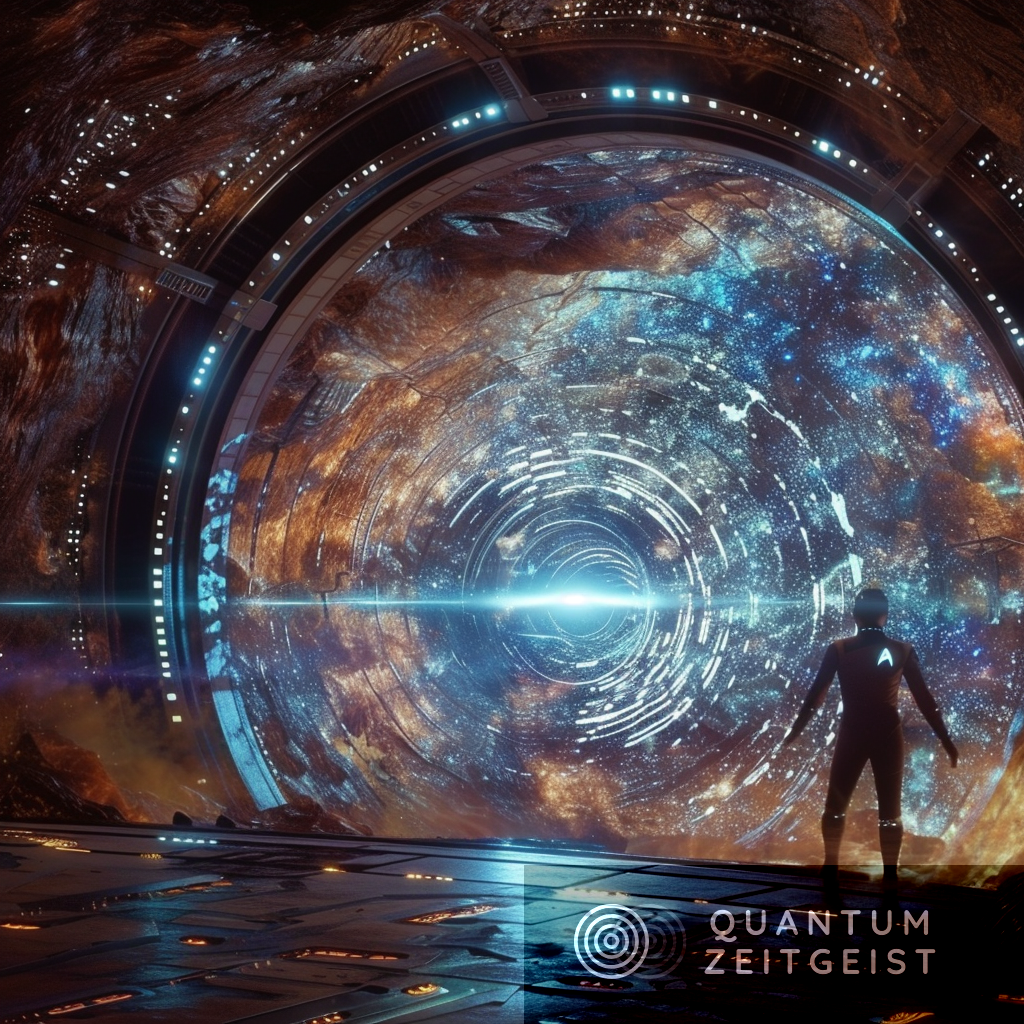Quantum teleportation, a significant area of research in quantum computing, allows the transmission of unknown quantum states over arbitrary distances. This process involves two non-interacting qubits coupled to local fields and Ornstein-Uhlenbeck noise. The performance of quantum communication protocols can be divided into five stages: preparation, sharing, encoding, sending, and decoding. However, the interaction of the system with its environment presents a challenge. This paper discusses the determination of non-Markovian behavior of system dynamics during quantum teleportation and the estimation of quantum parameters. Practical applications include quantum remote sensing and fault-tolerant quantum computation.
What is Quantum Teleportation and How Does it Work?
Quantum teleportation is a quantum communication protocol that allows the transmission of unknown quantum states over arbitrary distances. This process involves two non-interacting qubits coupled to local fields and Ornstein-Uhlenbeck noise. The concept of quantum teleportation was first proposed by Bennett et al and has since become a significant area of research in quantum computing, quantum repeaters, and fault-tolerant quantum computation.
In quantum teleportation, two imaginary actors, Alice and Bob, share a classical or non-classical channel. The sender, Alice, transmits an unknown quantum state containing quantum information to the receiver, Bob, through the channel. This method makes it possible to send an unknown non-classical state over long distances using shared entanglement and local communication.
The performance of quantum communication protocols can be divided into five different stages: preparation, sharing, encoding, sending, and decoding. To be communicated, quantum states must be exposed to an external environment. The effects of various environmental noises on quantum teleportation have been studied extensively.
What are the Challenges and Solutions in Quantum Teleportation?
One of the main challenges in quantum teleportation is the interaction of the system with its environment. In reality, this interaction is almost inevitable, leading to systems known in quantum theory as open quantum systems, which are not isolated. This means that there is an exchange of energy and entropy between the environment and the system.
The dynamics of open quantum systems is divided into two categories: Markovian and non-Markovian dynamics. In Markovian dynamics, the information constantly flows from the system to its environment. In contrast, in non-Markovian dynamics, during certain time intervals, information flows back to the system from the environment due to quantum memory effects.
One of the topics considered in this paper is the determination of some witnesses of the non-Markovian behavior of the system dynamics during quantum teleportation. This is important in open quantum systems when communication protocols such as quantum teleportation are affected by system evolution.
How is Quantum Parameter Estimation Relevant to Quantum Teleportation?
Estimating quantum parameters with high precision is an essential task in all quantum science. There are two various approaches for estimating quantum parameters in the presence of noise. In both cases, the main goal is to find the improved measurement strategy to obtain as much information as possible about the desired parameter.
In the first standard approach, a quantum probe with a known initial state is sent through the quantum channel. Then, depending on the dynamics of the system, the desired parameter is encoded in the quantum state of the system. Ultimately, the measurement process is implemented on the output state to obtain an estimate from the measurement results.
In the other case, the information about the desired parameter is mainly encoded in the quantum state of the system, and this information carrier is sent via the quantum noisy channel. Then the output state is measured. This paper studies these approaches in the context of quantum teleportation.
What are the Practical Applications of Quantum Teleportation?
Quantum teleportation has a wide range of applications in various quantum protocols, such as measurement-based quantum computing, quantum repeaters, and fault-tolerant quantum computation. These applications are based on the ability to send an unknown non-classical state over long distances using shared entanglement and local communication.
One important application of this work is obtaining more valuable information in quantum remote sensing. This involves using quantum teleportation to transmit information about a remote object or phenomenon that cannot be observed directly. The information is encoded in the quantum state of a particle and then teleported to a receiver, where it can be decoded and analyzed.
Who are the Key Researchers in Quantum Teleportation?
The research on quantum teleportation has been conducted by Seyed Mohammad Hosseiny, Jamileh SeyedYazdi, and Milad Norouzi from the Physics Department, Faculty of Science, ValieAsr University of Rafsanjan, Rafsanjan, Iran. Their work focuses on the study of quantum teleportation via two non-interacting qubits coupled to local fields and Ornstein-Uhlenbeck noise. They also explore the intrinsic behavior of classical fields toward single and two-qubit quantum teleportation as a function of various parameters.
Publication details: “Faithful quantum teleportation through common and independent qubit-noise configurations and multi-parameter estimation in the output of teleported state”
Publication Date: 2024-02-29
Authors: Seyed Mohammad Hosseiny, Jamileh Seyed-Yazdi and Milad Norouzi
Source: AVS quantum science
DOI: https://doi.org/10.1116/5.0189752

